A reader recommended the Schneider F-mount 60 and 80 mm lenses that are specified for 400 nm to 1000 nm light, and offer a 60 mm image circle, which would cover the GFX sensor with 5 mm to spare. The 60 mm lens runs about $1300 at B&H. I’m not in the market for it, since I already have the Coastal Optical 60 mm f/4 UV-VIS-IR macro lens. But the suggestion gave me impetus to test the CO lens for hotspots on the LifePixel-modified FUji GFX 50R.
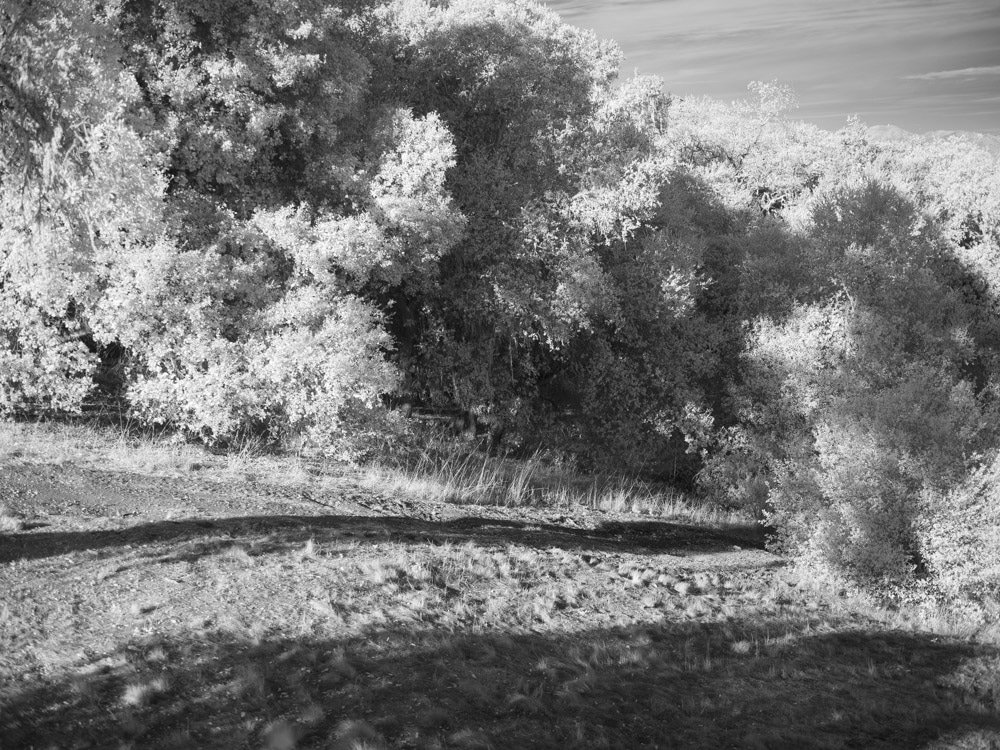
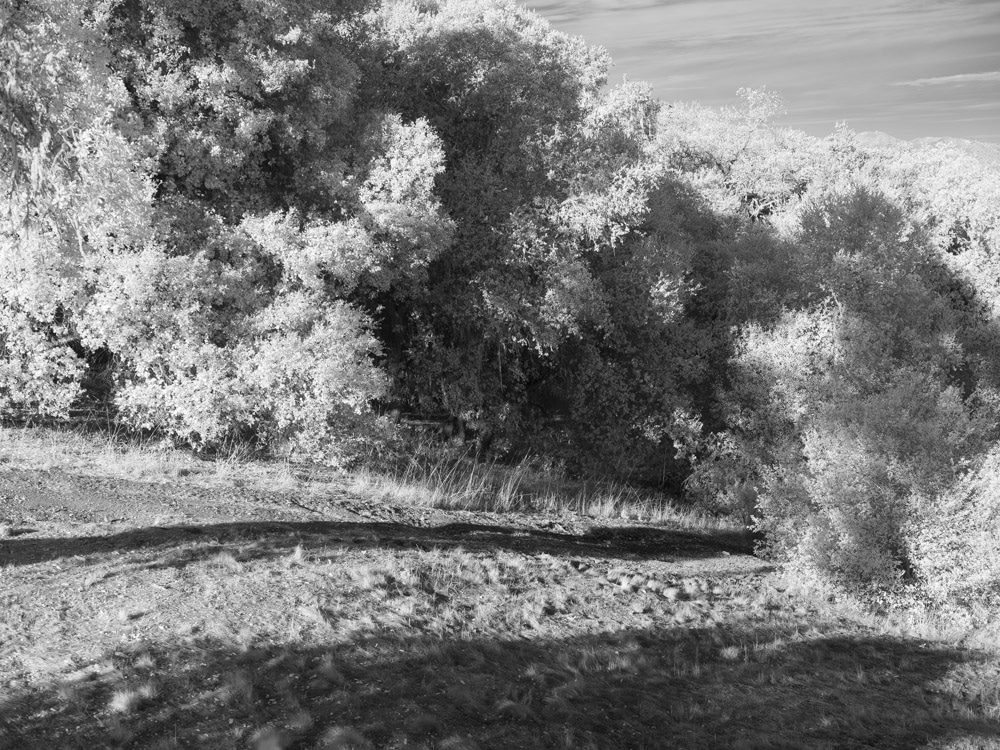
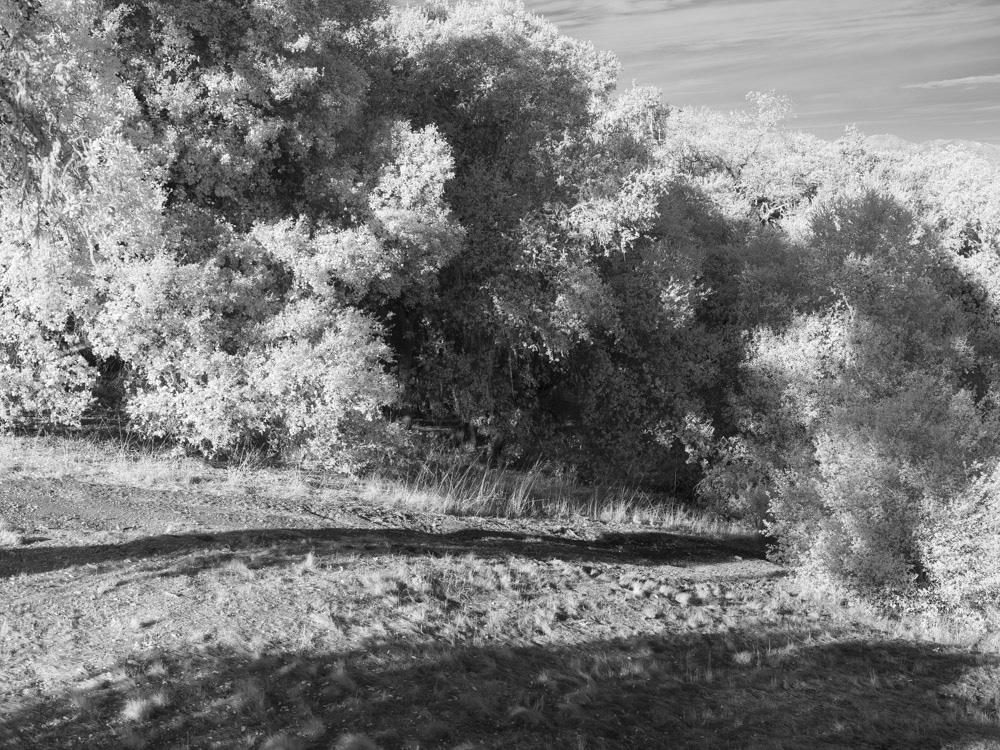
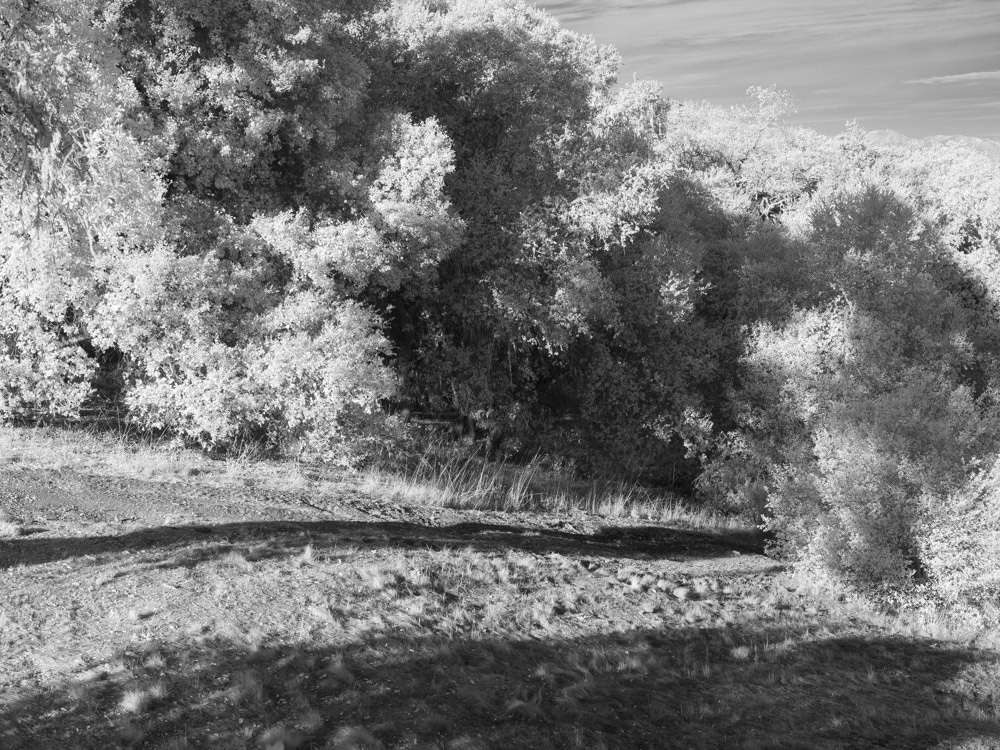
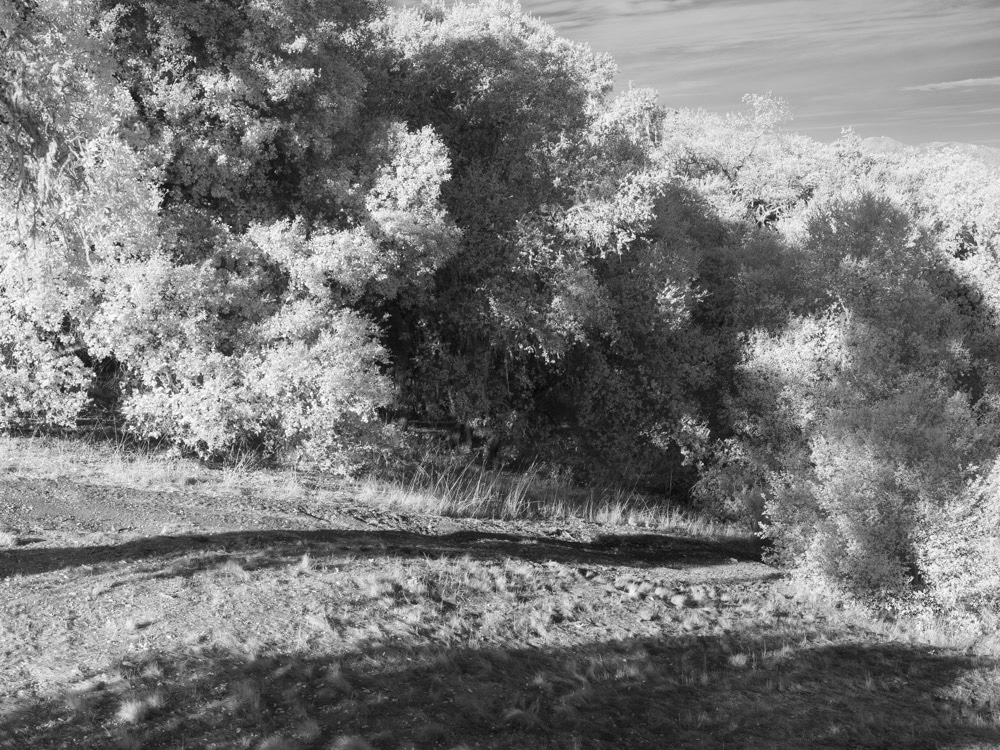
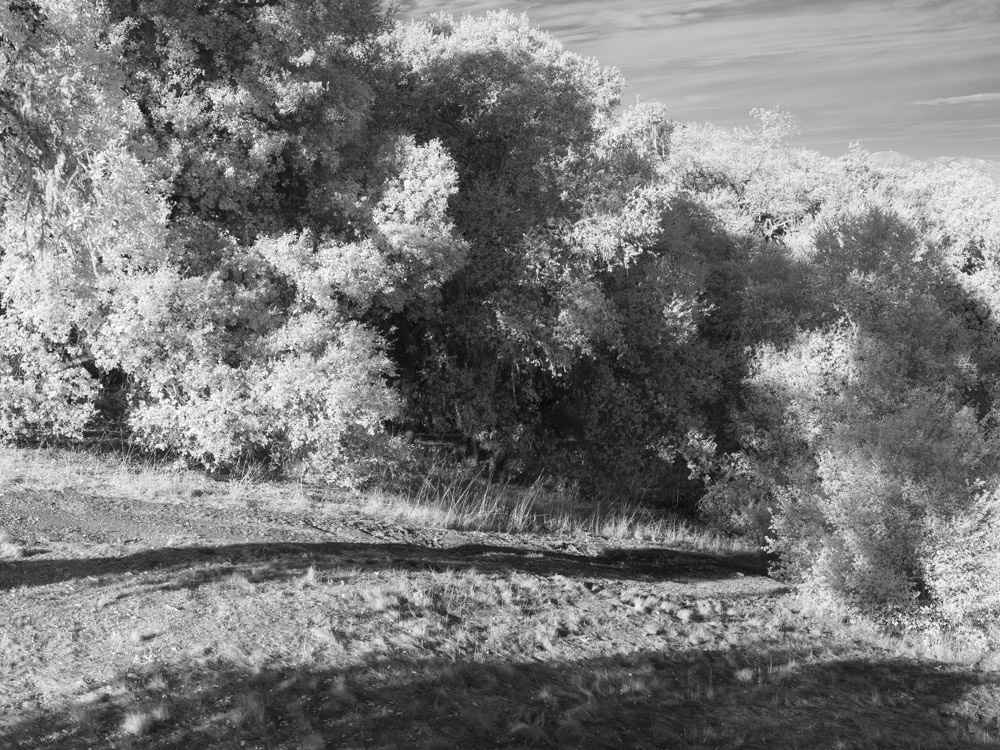
No hotspots.
A word about the f-stops. My copy of the CO 60/4 is about one stop wider than the indicated f-stop for all but the widest stop. I’ve indicated the effective f-stop above, not the indicated one.
The Schneider lens is much less expensive than the CO macro, and would probably be more cost-effective. The CO lens does have hotspots at some macro distances.
The Coastal seems to easily cover this format area even at near infinite setting. I suppose that you did not crop the images above, so it is amazing how so little vigneting can be noticed even wide open.
Yes, the images presented here are uncropped. I didn’t remember the CO as being that good at infinity in visible light, but it seems to be.
Here’s a test I did a few years ago:
https://blog.kasson.com/the-last-word/coastal-604-uv-vis-ir-on-fuji-gfx-50s/